
What happens when the battlefield extends hundreds of kilometers beyond the front lines? In the latest escalation of Ukraine’s long-range campaign, multiple Russian regions came under attack overnight as coordinated drone strikes shook energy grids, damaged port infrastructure, and set fire to one of the Black Sea’s most important oil export terminals.
With both Russian regional authorities and Ukrainian security sources confirming these attacks, it has now emerged that such assaults reflect a conscious strategy aimed at crippling the logistical and economic lifelines of Moscow. Targeting everything from high-voltage substations in Kursk and occupied Luhansk to deep-water oil berths in Tuapse, the strikes have combined precision targeting with psychological pressure on Russia’s war economy.
Following is a list of nine of the most important developments from this operation and its wider context, in terms of both tactical execution and strategic implications for the conflict.

1. Tuapse Oil Terminal on Fire
The most prominent strike reached the RN-Morskoy Terminal Tuapse LLC in Krasnodar Krai, a facility directly connected to the Tuapse Refinery and important for Russia’s Black Sea oil exports. Sources in the Ukrainian Security Service (SBU) confirmed to Kyiv Post that five drones hit the port, setting a tanker on fire, and at least four loading piers were disabled. Russian authorities also confirmed damage to a vessel deck superstructure, terminal buildings, and even the glazing of the local railway station.
The terminal handles about 12 million tons of crude a year, and its proximity to Ukraine has made it a frequent target since the country is within drone range. According to the SBU, they aim at diminishing Russia’s revenues from oil, one of the major sources financing its war. Visible across the city, regional officials were forced to evacuate the crew of the tanker because of the fire from the attack.

2. Strategic Impact on Russian Oil Exports
Tuapse is one of the largest Black Sea oil export hubs in Russia and handles both dark and light petroleum products. Disabling its loading infrastructure has immediate operational implications, including increasing insurance premiums for shipping companies, potential delays to exports, and reduced throughput capability.
In a statement to national television, Ukrainian Navy Spokesman Dmytro Pletenchuk said the strike would have “long-term consequences” for Russia in terms of physical assets and the willingness of commercial operators to enter the port. President Volodymyr Zelenskyy previously claimed the strikes have already reduced Russia’s refining output by 20-27%.
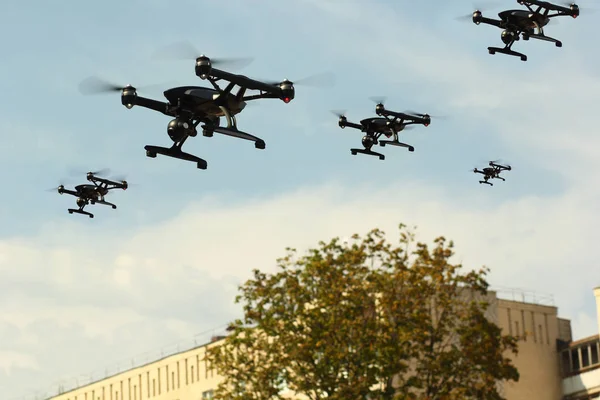
3. Power Substations Targeted in Kursk and Luhansk
During the same period as the Tuapse strike, drones hit high voltage substations in Zheleznogorsk, Kursk Oblast and occupied Alchevsk in Luhansk Oblast. At least 15 drones preceded the explosions at a 330 kV substation in Zheleznogorsk, disrupting the supplies of power and access to water. The city hosts the Mikhailovsky ore enrichment plant, a sanctioned supplier of armor-grade steel.
In Alchevsk, the 220 kV “Alchevska” substation was hit occupation authorities confirmed the power outages in several municipalities. These nodes play a crucial role in the regional industrial and military supply chains and have, therefore, become highly valued targets of Ukraine’s counter-infrastructure campaign.
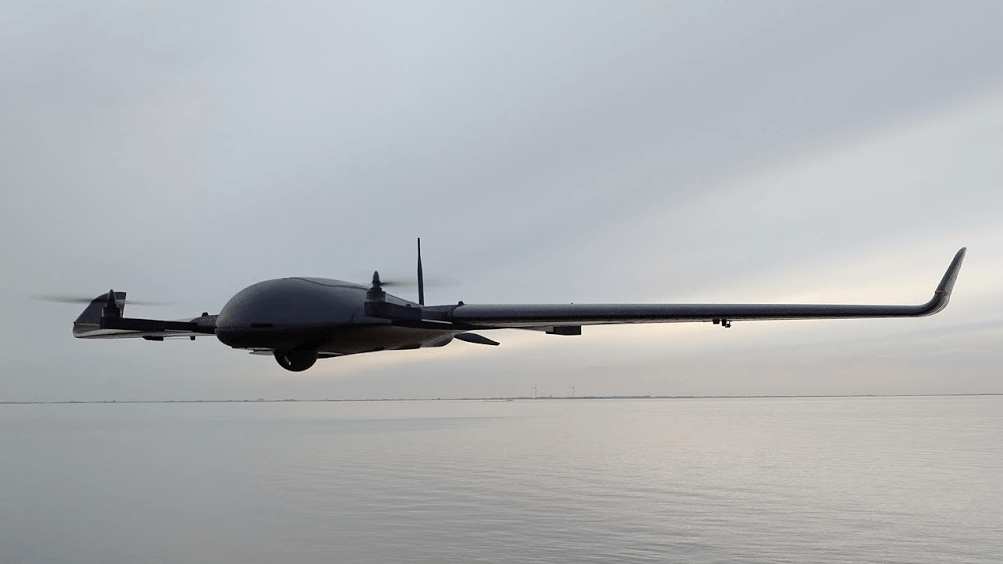
4. Oryol Region Under Pressure
The city of Oryol, to the north, reported nocturnal activity of drones, with the inhabitants hearing the engines of UAVs and air defense fire. While local authorities have not detailed the damage, Ukrainian channels have suggested repeated targeting of a thermal power plant. The Oryol axis is within reach of Ukrainian long-range drones and is a transit point for military logistics toward the front.
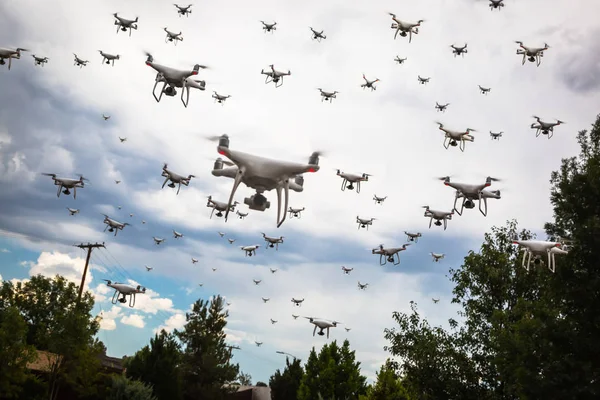
5. Scale of the Overnight Offensive
The Ministry of Defense of Russia said it downed 98 drones across ten regions, including 45 above Belgorod Oblast. Ukrainian sources refer to the operation as part of a larger “blackout” strategy, saying five of eight targeted substations were hit and that the attacks impacted more than 5,000 MVA of capacity, according to Commander Robert “Madyar” Brovdi.
The saturation approach forces the Russian defenses to divide their attention, thus increasing the likelihood of successful penetrations against high-value infrastructure.
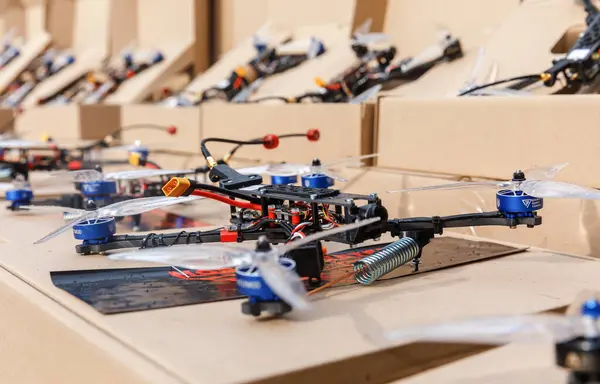
6. Integration of Ukrainian Drone Innovations
The strikes represent Ukraine’s developing unmanned systems capability, ranging from short-range FPV drones to the reportedly long-range models capable of 3,000 km flights, with modular designs allowing adaptation for bombing, reconnaissance, or to act as signal relays. Artificial intelligence-assisted navigation and target recognition help overcome Russian jamming, while fiber-optic control links extend operational range and resilience.
Such innovations allow precision strikes deep within Russian territory without the risk of manned aircraft-a development wholly in keeping with Kyiv’s strategy for attriting Russia’s war economy.
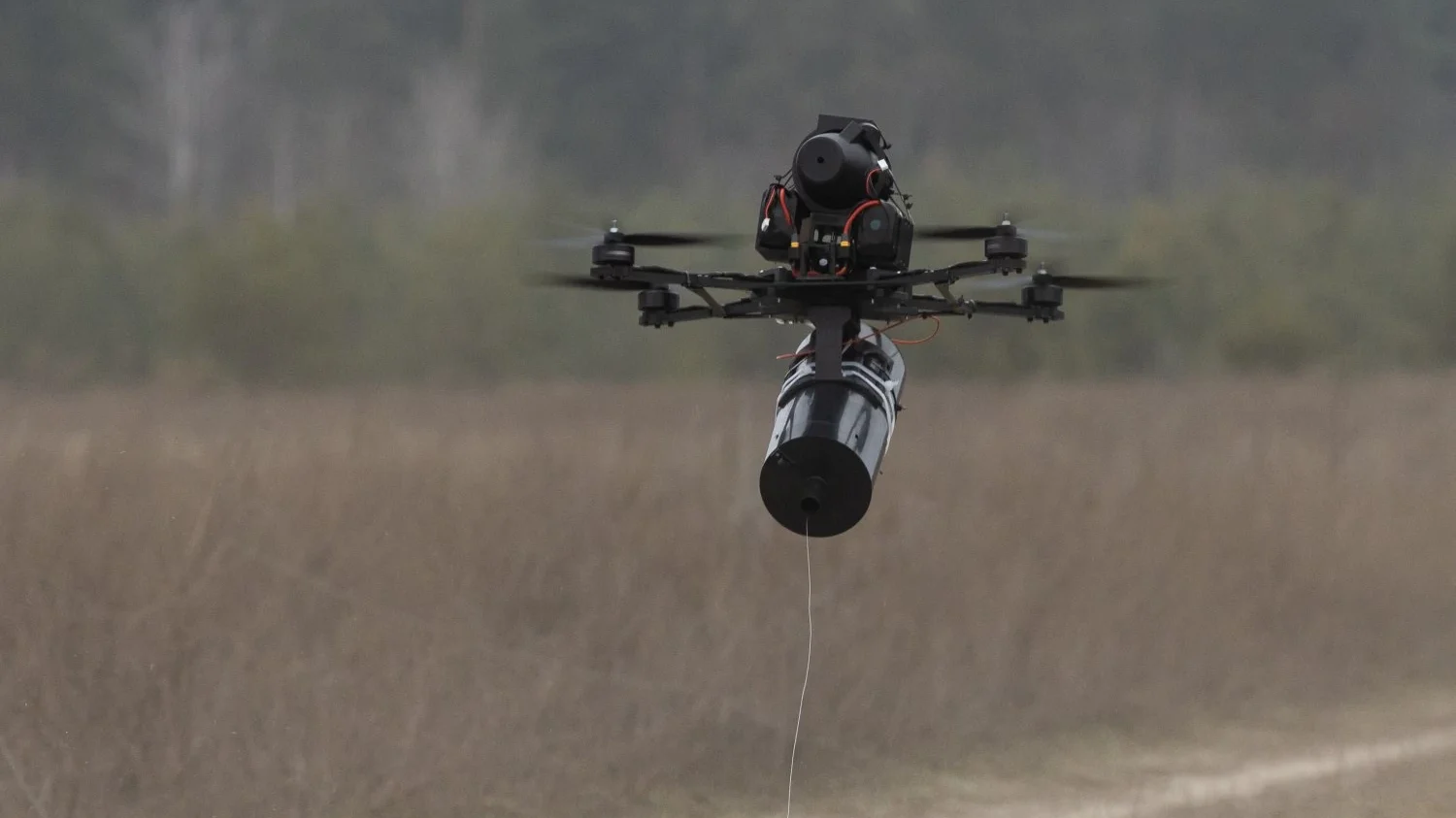
7. Russian Countermeasures and Vulnerabilities
From interceptor drones to radio detectors that cue evasive maneuvers, the spectrum is wide. Yet, the repeated hits on Tuapse and on energy substations testify to some persisting gaps in coverage, particularly against low-flying, small radar cross-section drones.
Russian developers are also working on fiber-optic-equipped UAVs and mothership platforms to stretch their reach, but scaling production and training operators has yet to be accomplished.
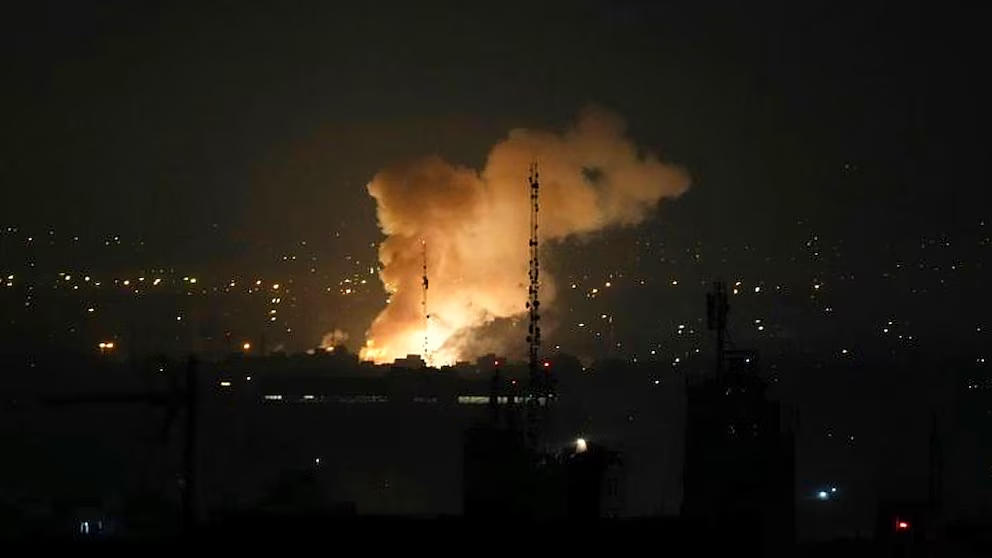
8. Effects on Economy and Psychology
Beyond physical damage, these strikes aim at undermining confidence in Russia’s ability to protect critical assets. Oil export disruptions could be felt on world markets, while domestic blackouts weaken public morale. The visibility of the fires in strategic sites like Tuapse reinforces perceptions of vulnerability.
For Ukraine, such operations serve dual purposes: to restrain the warfighting resources of Russia and to signal to domestic and international audiences alike that it has the means to impose costs far from the front lines.

9. Continuation of a Long-Range Campaign
The Tuapse terminal has faced repeated attacks targeting 2024-2025, including those using naval drones and past fires at storage tanks. The persistence of such attacks reflects a willful campaign against the nodes of Russia’s energy infrastructure, which has also targeted refineries in Ryazan, Novoshakhtinsk, and other hubs. The constant pressure on the nodes does, however, tie up resources needed for restoration and air defense in other theaters. In so doing, it may shape the conditions for future offensives.
The overnight strikes on Tuapse, Zheleznogorsk, Alchevsk, and Oryol underlined how the Ukraine-Russia conflict has now transformed into a competition of deep strikes and infrastructure attrition. As Ukraine continues to sharpen its drone technology and targeting doctrine, and Russia races to adapt its defenses, the strategic battle increasingly hinges on the ability to disrupt the opponent’s critical systems far from the front. The result will determine not only the tempo of operations at the contact line but also the economic endurance of both states.


